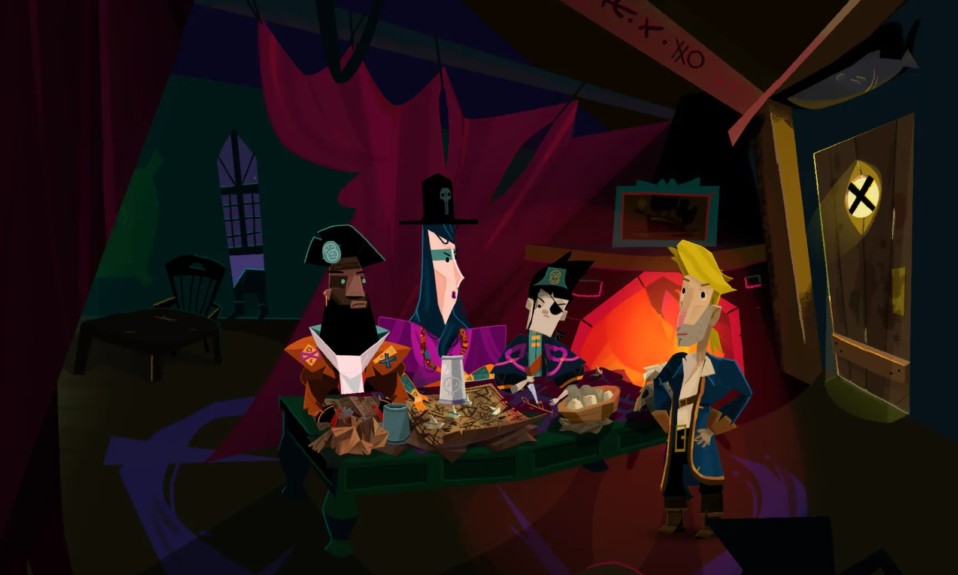Jane Hwang, global VP of M&M’s for parent company Mars Wrigley, said the brand and its agencies worked for more than a year on refining its mascot army, saying they did so to better represent M&M’s global purpose to “create a world where everyone feels they belong.”
“As an iconic brand for over 80 years we’ve had to evolve over time to reflect the dynamic world we live in, and there is no more powerful way to do that than through our characters,” Hwang said in an interview. “We took a really deep look into our characters and because of that, we’ve updated their looks, their personalities and their backstories.”
The changes appear most evident in the Green and Orange characters, and amount to something of a confession by the brand that they had become out-of-step with the tone of the times despite their popularity. Green’s persona as a flirtatious sidekick—a conceit that played to the legends of the candy’s efficacy as an aphrodisiac—is toned down as her sexy boots are replaced with stylish sneakers.
In Orange, M&M’s appears to be gearing a character in whom members of Gen Z can see themselves. This version retains its core cautiousness and worry; the difference now is the character is aware of these traits and doesn’t attempt to hide them—as his neatly tied shoes newly show.
Footwear and accessories also help to better convey the story of Brown, Hwang noted. She’s now wearing modern eyeglasses and sports a lower profile and more professional heels.
Other notable changes include ditching the surnames under which characters had been introduced and increasing attention on the size and shape differences between them. Voice-actor changes for the characters are also being considered, Hwang said.
“Green you’ll see better represented to be confident and empowered,” Hwang said. “She’ll be known for more than just her boots. She and Brown will be a powerful force supporting women together, throwing shine, not shade.”
Hwang calls Orange “one of the most relatable characters in our cast now, according to conversations with Gen Z, who we know are the most anxious generation.”
M&M’s engineered the changes in partnership with BBDO New York, its longtime creative agency of record. JKR, Weber Shandwick and other agencies also contributed, Hwang said.
Consumer attitudes also helped the brand come to realize that changes could be necessary, Hwang added. “The overwhelming sentiment is these characters are loved; customers love this brand and everything it stands for,” she continued. “So what we’ve done is sharpen and evolve it to really hone in on Generation Z and the new generations coming through, to make sure it’s representing the dynamic and progressive world we’re living in.”
She added: “We had no reservations about this. It’s an evolution of what we’ve long believed in as a brand, and that is that fun is the most powerful way to include people and make them feel like they belong. It’s a concrete commitment to what we’ve always believed as a brand.”
Togetherness
M&M’s mascots date back to 1954, when its Red and Yellow characters were cast in early TV spots in which the Red character was often plotting the demise of his mate. This continued through the introductions of a number of classic ads using celebrity foils, and a gradual increase in the number of characters. (Orange for a time was a woman; Blue arrived in 1995; Green in 1997 and Brown in 2012).
The brand’s creative work has long been admired for its sharp humor and at times, for sharp edges. A number of spots including some of its recent Super Bowl commercials have playfully spoofed adult themes, like 2012’s “Just My Shell,” and a number of ads in Sports Illustrated’s Swimsuit issue.
Hwang said the characters would demonstrate their new personalities moreso than explicitly acknowledge them in creative work. Fans will see them together more frequently, often at work plotting a strategy to avoid being eaten, a long-running thread in their story arc. Complementing this effort will be a greater emphasis on the logo’s ampersand as a symbol of togetherness.
M&M’s is eschewing a Super Bowl ad this year, Hwang noted. “Instead we’ll be engaging with our consumers to create better moments and more smiles and celebrate our brand in other ways.”
Diversity in advertising
By executing against the brand’s new purpose, M&M’s executives are aiming to increase a sense of belonging for 10 million people around the world by 2025. At Mars Wrigley, efforts to increase inclusion include a commitment to gender-balanced leadership teams, running an independent annual diversity audit of its advertising (run by the Geena Davis Institute on Gender in the Media) and a role as vice chair of the Unstereotype Alliance, part of UN Women.
M&M’s new brand purpose will be reflected across platforms, including TV and digital advertising, point-of-sale materials in several languages, and physical environments like a newly revamped M&M’s store in Berlin that introduces the overarching campaign. Similar changes are on their way to the brand’s remaining six stores, Hwang said.
Press materials accompanying this week’s news linked to academic studies supporting the notion of inclusiveness and diversity as a positive societal force.
Subscribe to Ad Age now for the latest industry news and analysis.
The company will track progress against its mission and support events and organizations promoting diverse experiences through what it calls the M&M’s FUNd.
This effort kicked off informally last year with support of the Bentonville Film Festival Foundation’s mentorship program for diverse filmmakers, consisting of a $20,000 grant and the opportunity to work with the M&M’s team on a project focused on championing inclusion. Starting next month, the brand will sponsor Projekt Open Mic, a program supporting up-and-coming, diverse comedians in Germany.









